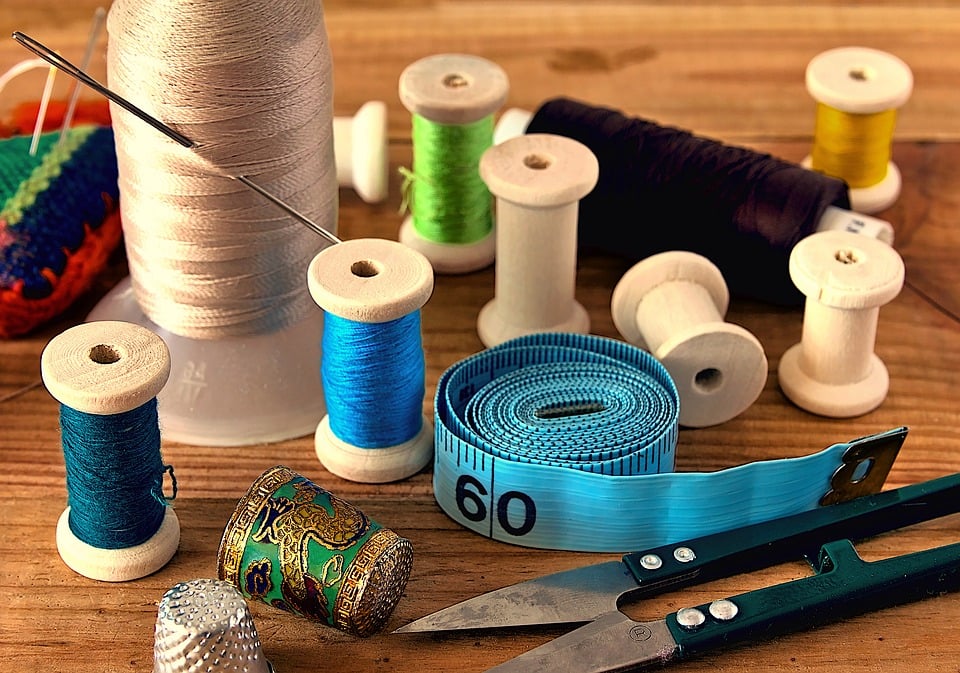Choosing the perfect thread colors: Your ultimate sewing thread color chart
When it comes to sewing, choosing the right thread colors is just as important as selecting the perfect fabric or pattern. The right thread color not only enhances the overall aesthetics of your project but also ensures that your stitches blend seamlessly into the fabric. With countless options available, it can be overwhelming to know where to start. In this article, we will guide you through the process of selecting the perfect thread colors with your ultimate sewing thread color chart.
1. Consider the fabric:
The first step in selecting the ideal thread color is to consider the fabric you will be working with. Take a close look at its color, pattern, and texture. Determine whether the fabric has a dominant color or if it consists of various hues. If your fabric has a busy pattern, you may want to choose a thread color that matches or blends with the background color. However, if you want your stitches to stand out, opt for a contrasting thread color that complements the fabric’s colors.
2. Match or blend:
One approach to choosing thread colors is to match or blend them with the fabric. Matching thread color will make your stitches nearly invisible, giving your project a polished and professional look. To match, place the thread against the fabric, and compare their shades under different light sources to ensure a perfect match. On the other hand, blending thread colors involve selecting a color that is slightly darker or lighter than the fabric. This approach creates a subtle contrast, allowing the stitches to enhance the fabric without overpowering it.
3. Contrast and embellishment:
Sometimes, you may want your stitches to make a statement and add embellishment to your project. In such cases, choose a thread color that contrasts with the fabric. For example, if you have a dark fabric, consider using a lighter thread color to create a striking effect. Conversely, a bright or vibrant thread color can inject energy and interest into a neutral or monochromatic fabric.
4. Use a color wheel:
Using a color wheel can be immensely helpful in selecting complementary or analogous thread colors. Complementary colors are those that sit opposite each other on the color wheel and provide high contrast. Analogous colors, on the other hand, are next to each other on the wheel and provide a harmonious blend. Experiment with different color combinations to find the ones that work best for your project.
5. Building a thread color chart:
To enhance your thread color selection process, consider creating a thread color chart. This chart can be a physical swatch book or an online resource, including images or descriptions of various thread colors. Organize it based on color families and hues, allowing you to easily identify and compare different options. Adding fabric swatches or snippets alongside each thread color can help you visualize how they will look together.
Remember, selecting the perfect thread colors is a matter of personal preference and creativity. It’s always a good idea to test different options on scrap fabric before committing to a specific thread color. So next time you embark on a sewing project, use this ultimate sewing thread color chart as a guide to make your stitching truly shine!

